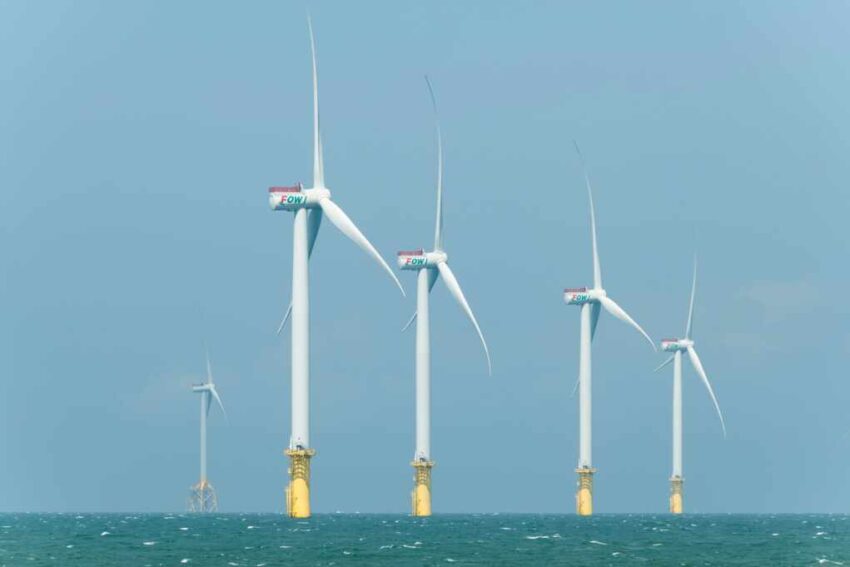Taiwan’s expedited approval framework for offshore wind projects signals a transformative era for the region’s energy sector.
At a Glance
- Taiwan has launched an expedited approval process for offshore wind projects, cutting review times by up to 73 days.
- The 298 MW Zhong Neng offshore wind farm, a joint venture between Copenhagen Infrastructure Partners (CIP) and China Steel Corporation (CSC), was recently completed ahead of schedule.
- The new approval framework is designed to help Taiwan meet its ambitious goal of 40-55 gigawatts (GW) of offshore wind capacity by 2050.
- Taiwan’s success is being watched as a potential model for other nations, including the U.S., looking to expand their own offshore wind industries.
Streamlining a Green Future
Taiwan’s Ministry of Economic Affairs has implemented a new, streamlined approval framework designed to accelerate the development of offshore wind projects. Through a strategic partnership between the ministry’s Energy Administration and Industrial Development Bureau, the new process of joint reviews and pre-screening has successfully reduced overall approval times by as much as 73 days.
As detailed by industry publication renews.biz, these efficiency measures are seen as essential for Taiwan to meet its ambitious renewable energy targets and establish itself as a leader in the Asian offshore wind market.
A Landmark Project Comes Online
The new framework builds on recent successes, most notably the completion of the 298 MW Zhong Neng offshore wind farm. The project, a joint venture between Denmark’s Copenhagen Infrastructure Partners (CIP) and Taiwan’s China Steel Corporation (CSC), was recently inaugurated after being completed ahead of schedule—a first for an offshore wind farm in Taiwan.
The project is a significant milestone for the region’s green energy transition. Once fully operational, Zhong Neng is expected to power approximately 300,000 Taiwanese households and reduce annual carbon emissions by roughly 550,000 tons. The project’s success has been hailed as a model for public-private partnership.
Powering Taiwan’s Ambitions
The Zhong Neng farm is a key part of Taiwan’s broader strategy to dramatically increase its renewable energy production. The government has set a goal of installing between 40 and 55 GW of offshore wind capacity by 2050. This ambitious plan is designed to enhance the island’s energy security by reducing its heavy reliance on imported fossil fuels.
By creating a stable and efficient regulatory environment, Taiwan is successfully attracting major international investment and fostering the development of a local supply chain to support the burgeoning industry.
A Potential Model for the West
Taiwan’s strategic and efficient approach to building its offshore wind sector is being watched closely around the world. As noted by analysts at New Energy Risk, Taiwan’s success could serve as a valuable lesson for other countries, including the United States.
While the U.S. has a goal of deploying 30 GW of offshore wind by 2030, its progress has been hampered by regulatory hurdles and challenges like the Jones Act, a shipping law that complicates construction.
Taiwan’s ability to combine clear government targets with streamlined project approvals and international collaboration demonstrates a powerful model for accelerating the transition to renewable energy.
Click this link for the original source of this article.
Author: Editor
This content is courtesy of, and owned and copyrighted by, https://conservativeamericatoday.com and its author. This content is made available by use of the public RSS feed offered by the host site and is used for educational purposes only. If you are the author or represent the host site and would like this content removed now and in the future, please contact USSANews.com using the email address in the Contact page found in the website menu.








